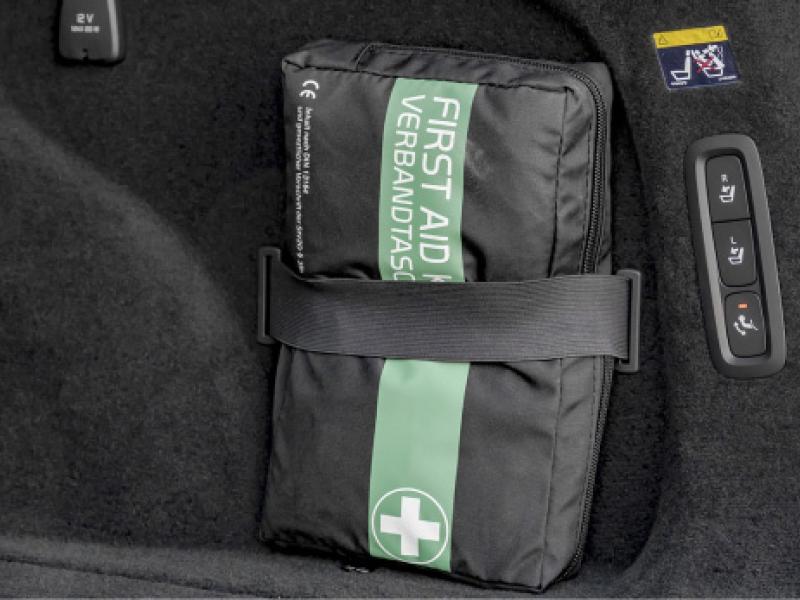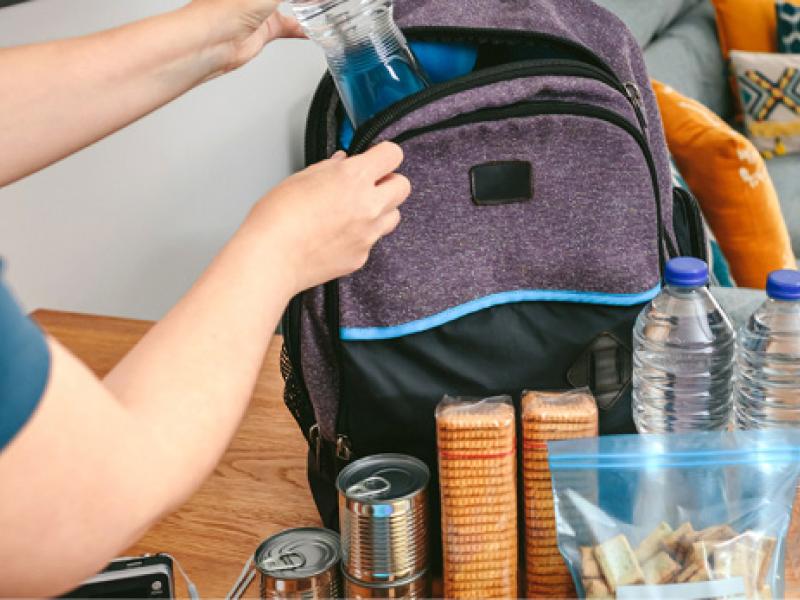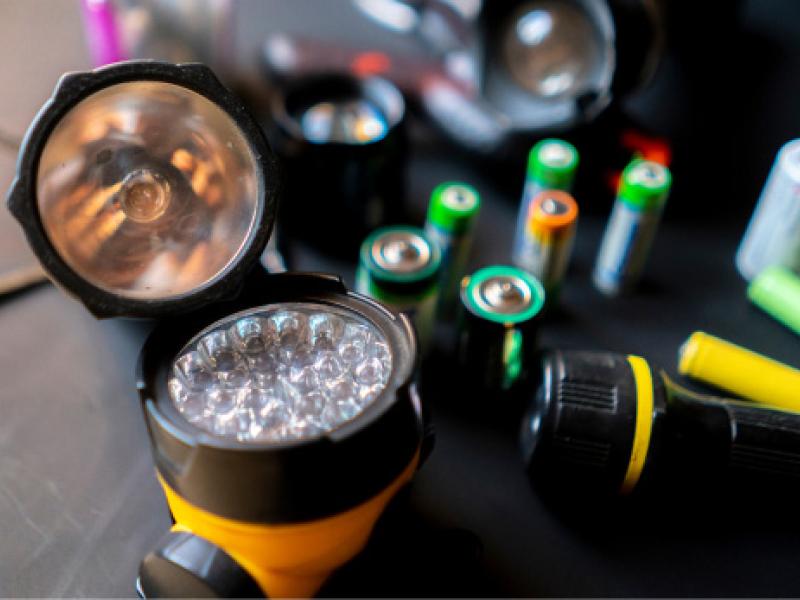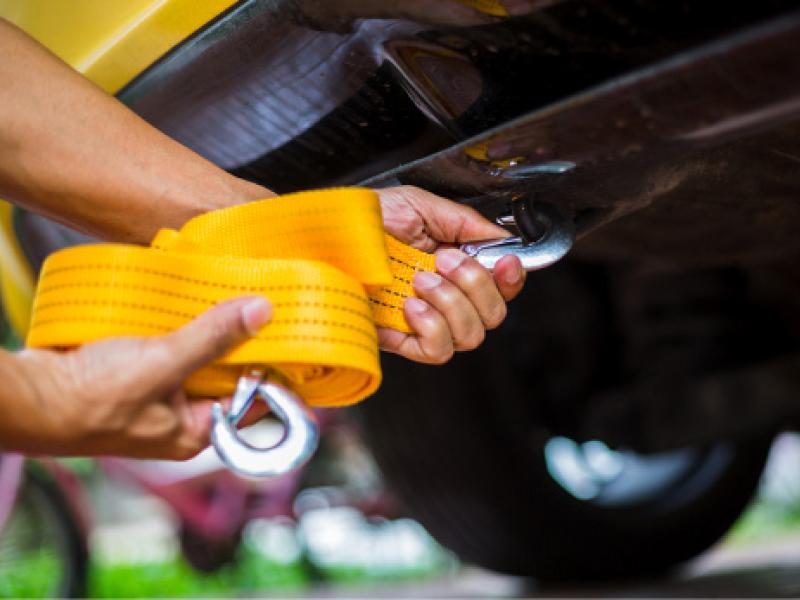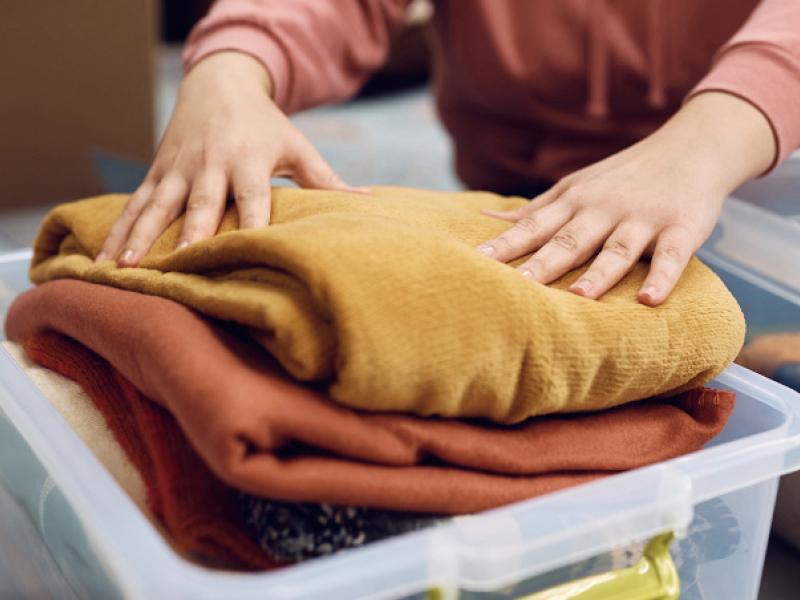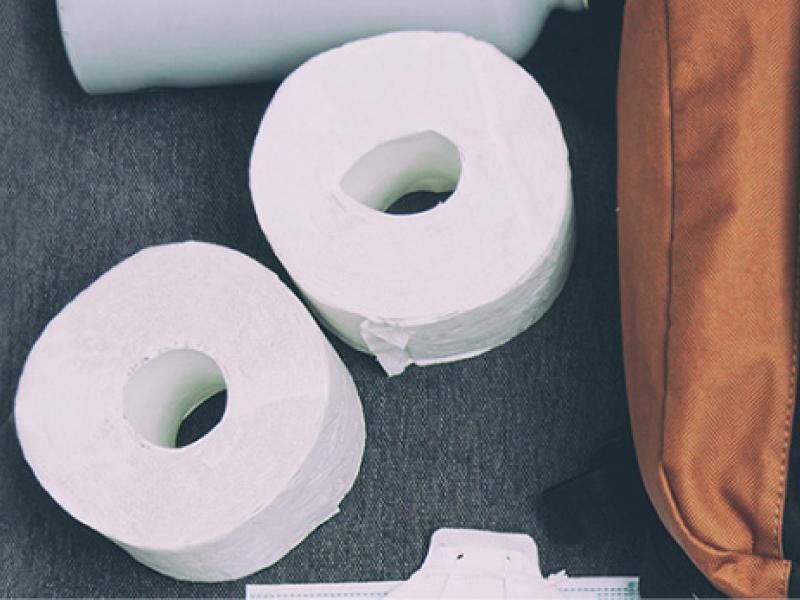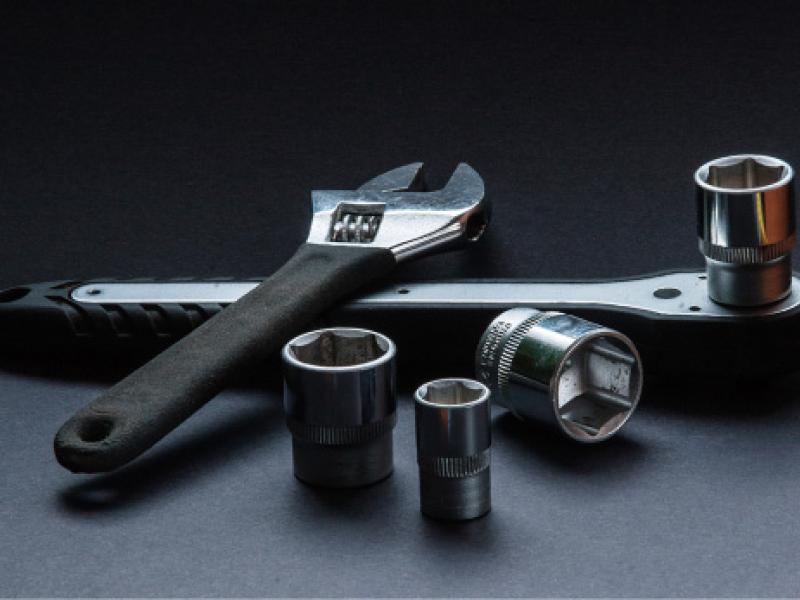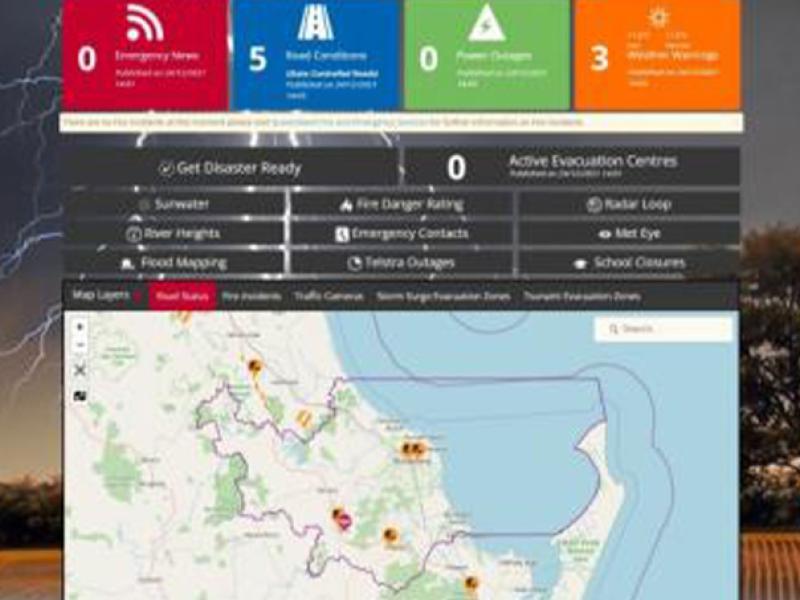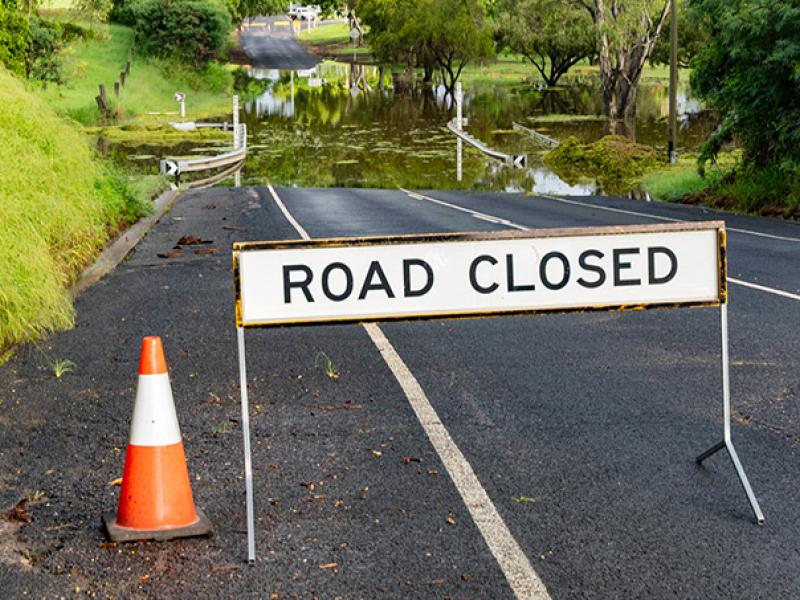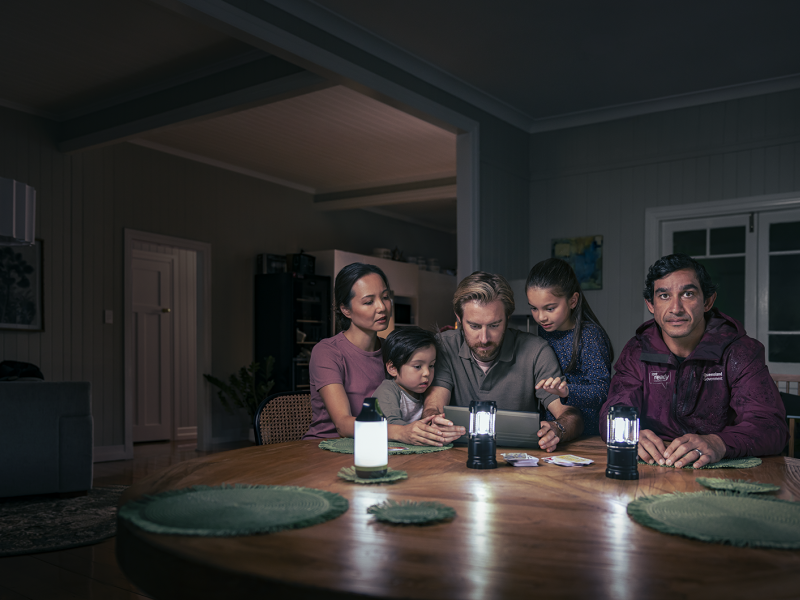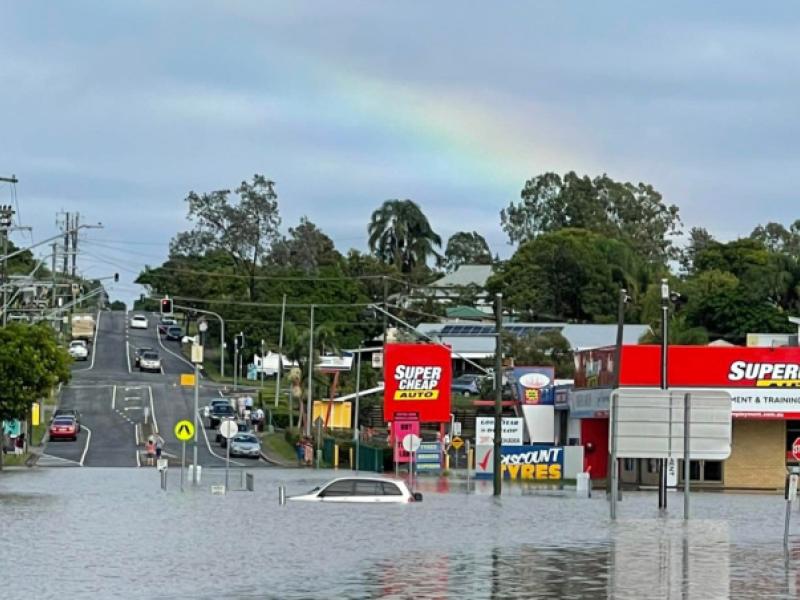The best way to avoid driving in floodwater is to be prepared.
Three quarters of Queenslanders have experienced driving in and around floodwaters in the past two years. Check if flooding is likely, plan ahead and make alternative arrangements so you are not driving on flooded roads.
Vehicle emergency essentials
Here are some potentially life saving items to have in the car. Some items should be kept where the driver can reach them, while others can be stored safely in the back for when you need to pull over and wait until it is safe to travel again.
At arms reach
The safest choice is to avoid the risk of floodwater completely, however an emergency hammer, waterproof torch and foil blanket can help if you get stuck or trapped in your vehicle. They should be kept where the driver can reach them. If your windows stop working, breaking them is almost impossible without a vehicle emergency hammer.
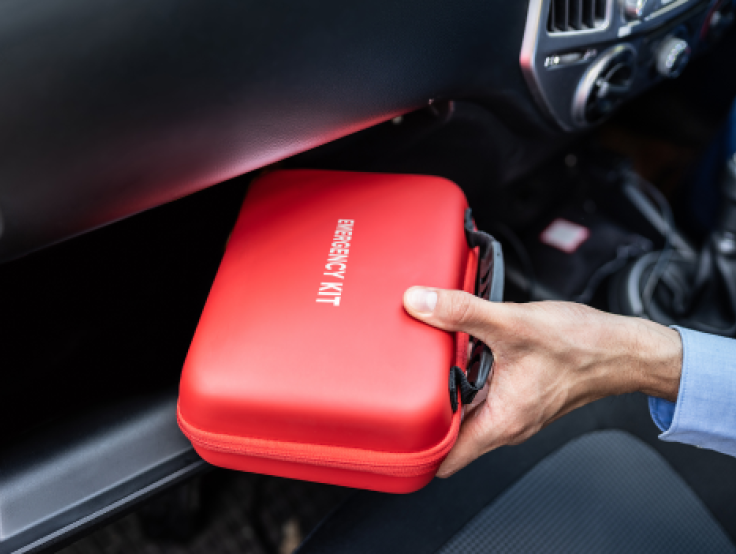
In the boot
Keeping your vehicle emergency kit in the boot will mean you are prepared for the unexpected.
